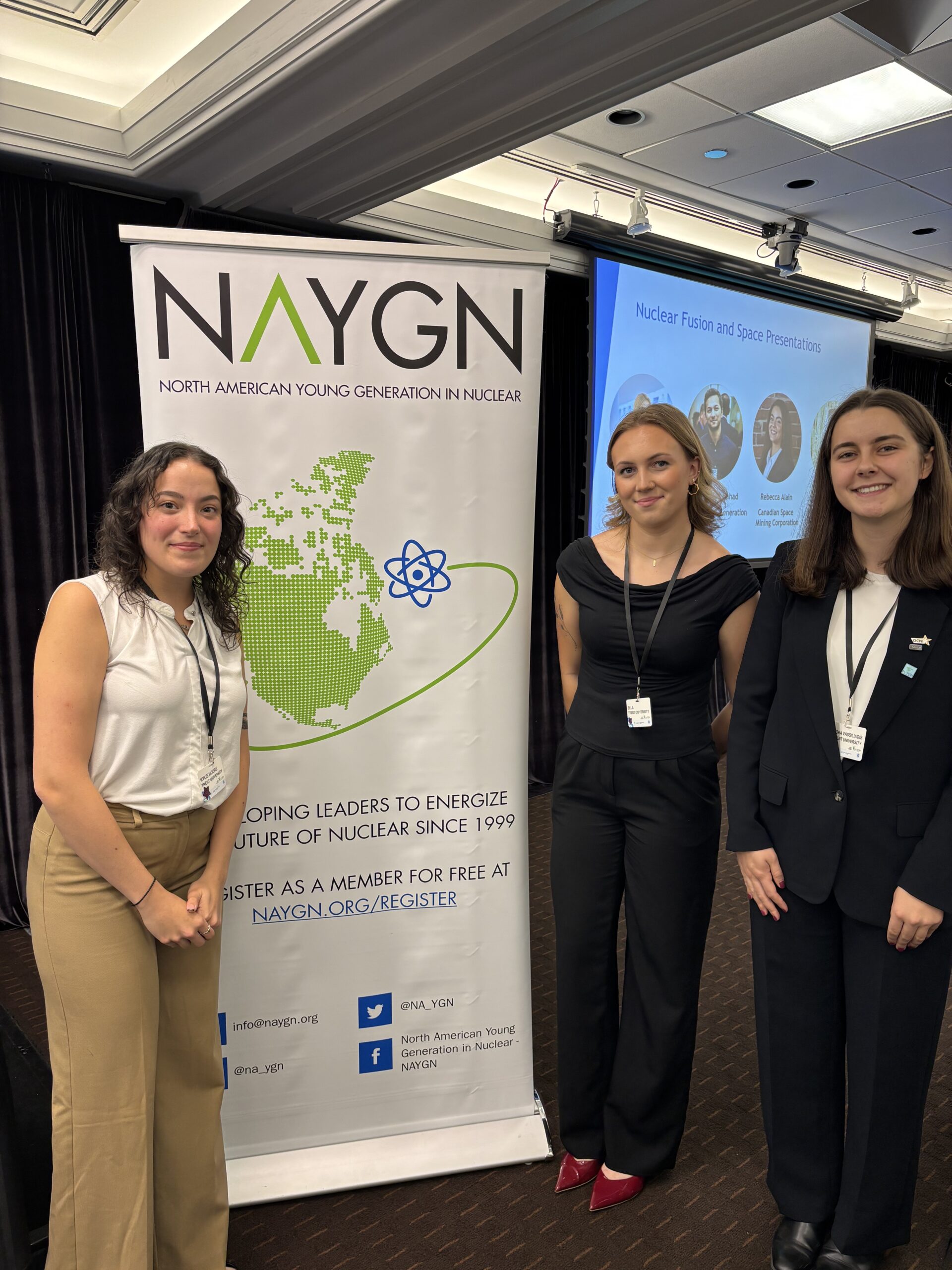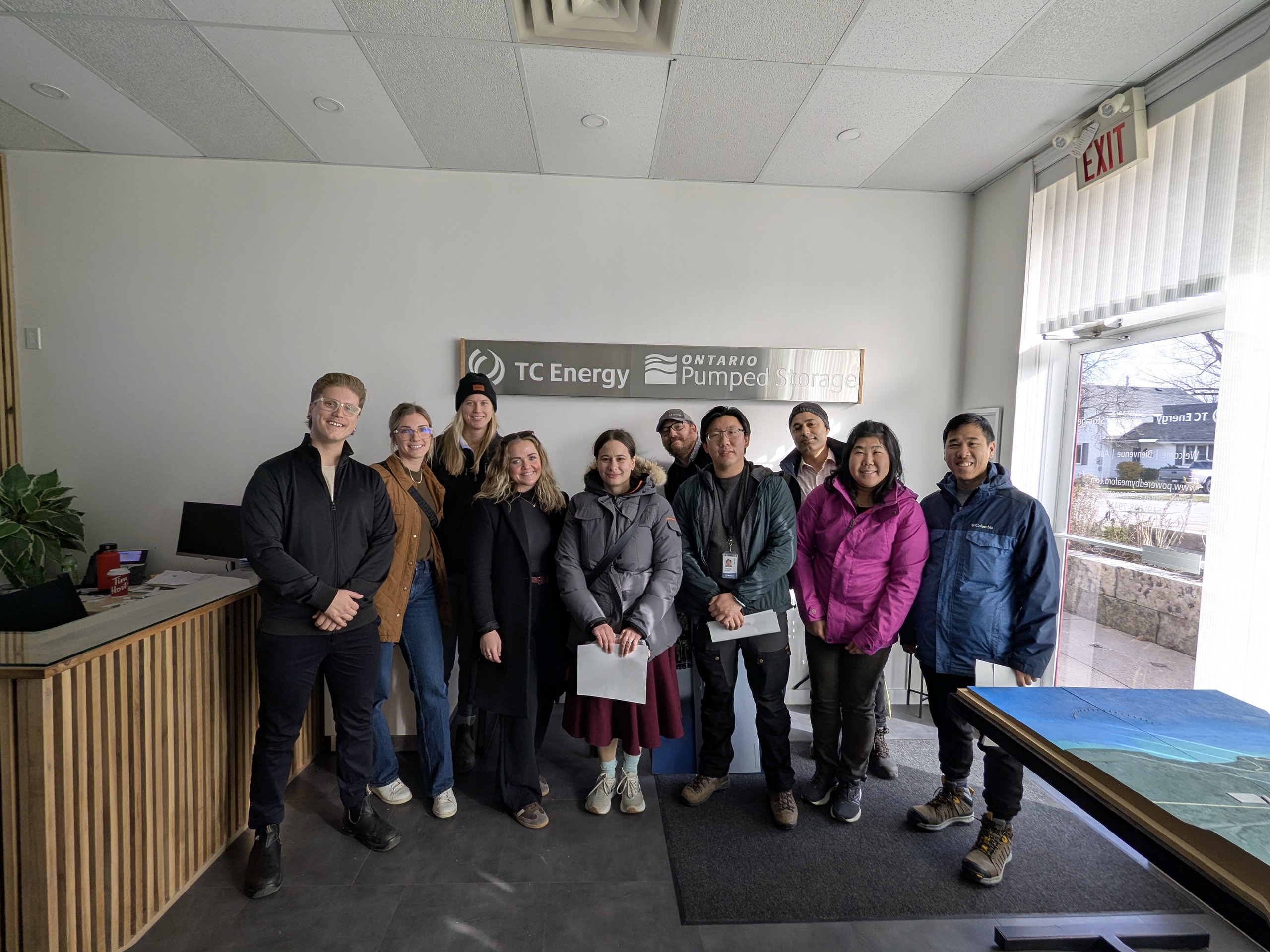NAYGN Attends UN Climate Conference in Germany
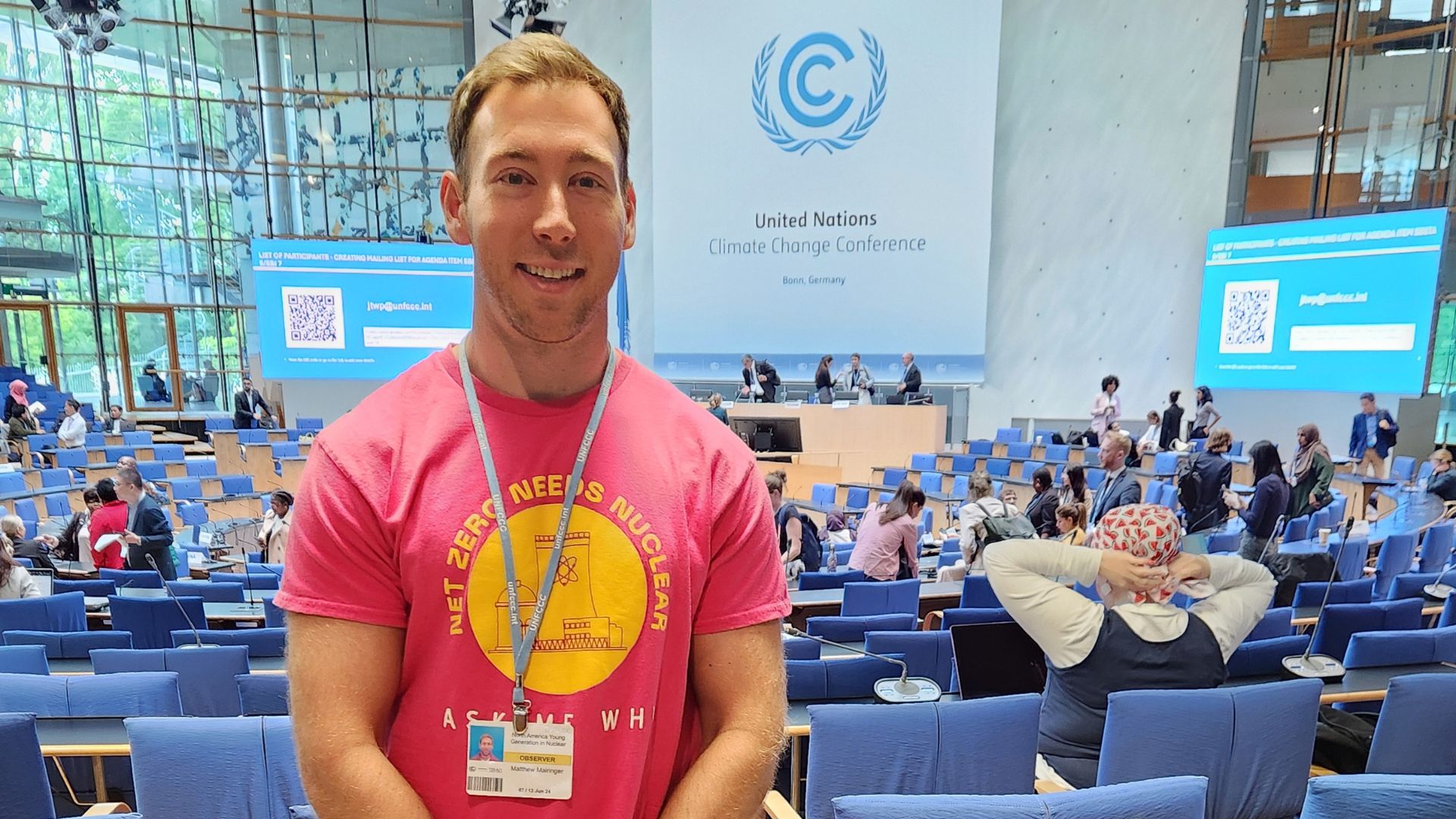
The Bonn Climate Conference, also known as the 60th Meeting of the Subsidiary Bodies (SB60), brought together countries that are signatories to the United Nations Framework Convention on Climate Change (UNFCCC). It served as a crucial midpoint between the 28th Conference of Parties (COP) in Dubai and COP 29 in Azerbaijan, and its outcomes will set the stage for the next phase of global climate negotiations.
Attending SB60 is the same process as attending COP – parties (i.e. countries) and non-party stakeholders (observer organizations – UN agencies, admitted IGOs, admitted NGOs, other non-party stakeholders) can apply for attendance passes and a limited number are provided to each applicant.
NAYGN is an official observer NGO recognized by the UNFCCC and was provided with a pass to attend SB60. This is the first time NAYGN has attended a meeting of the Subsidiary Bodies (SB) conference and Matthew Mairinger, NAYGN Past President, attended on behalf of the organization. Matthew established the NAYGN Clean Energy Committee and has attended COP25/26/27/28, has been part of the COP26 delivery team, has attended (and been a youth delegate) at CEM10/13/14 and was the individual who registered NAYGN as an official observer with the UNFCCC.
This is the first time NAYGN has attended SB60.
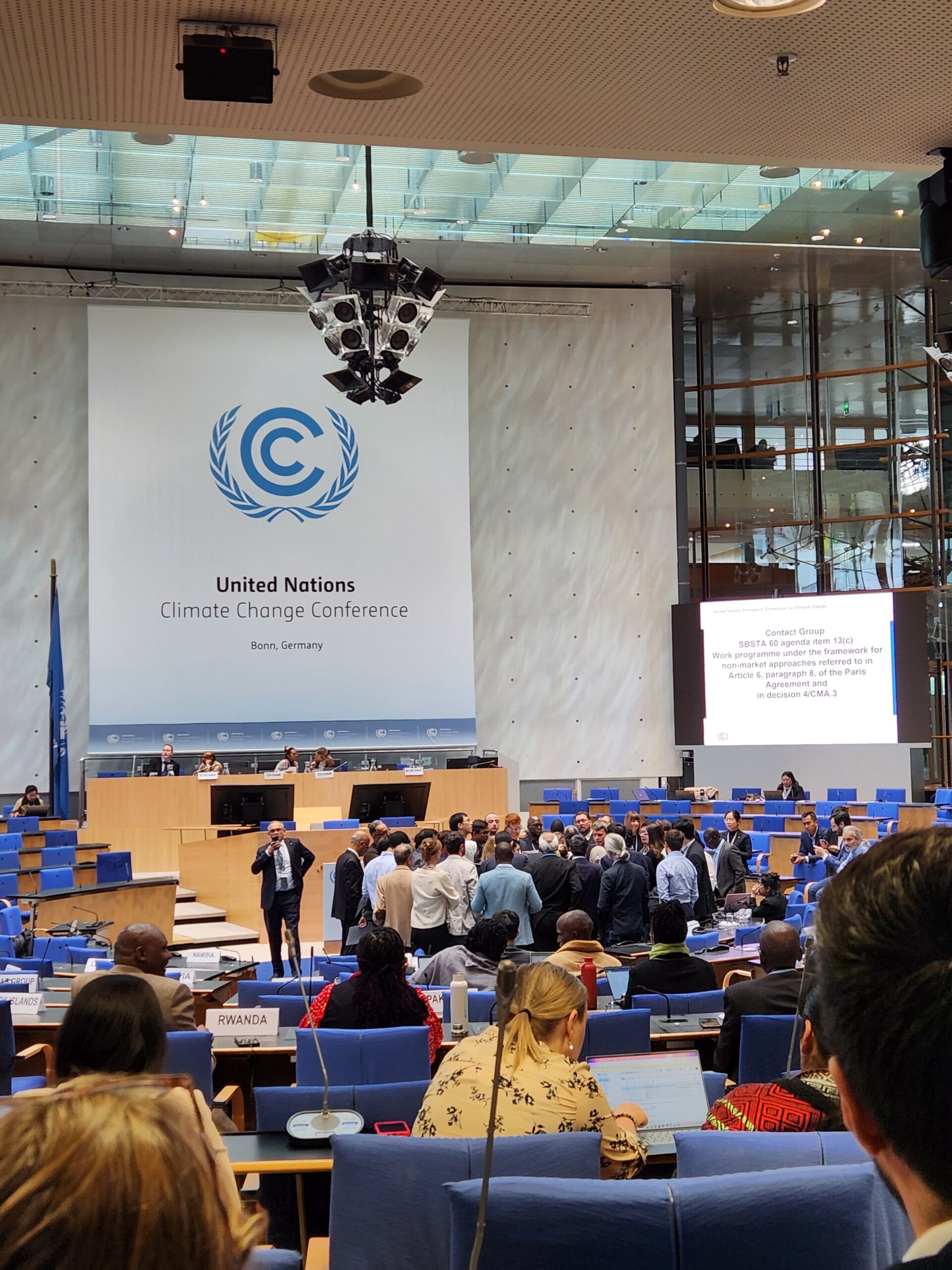
Q: Matt, what was it like to attend? How was it similar or different from COP?
A: The SB conference was a totally different experience – COP is overwhelming: there are protests going on throughout different parts, there are country pavilions/side events happening everywhere/country hosted events/pavilions/etc. and being a generalist/activist, this is a great place to be. SB is MUCH smaller/quieter (for reference about 1/10th of the attendance numbers) – there are no rallies occurring, there are no country/NGO pavilions, and the entire focus is on detailed negotiations.
Q: What was the nuclear presence like?
A: In total there were less than 10 people per week representing the nuclear industry – these came from NAYGN, International Youth Nuclear Congress (IYNC), and Generation Atomic.
Q: What was the objective of attending SB60?
A: My main purpose was to find out what it was, whether it was worth attending, and how to be effective. I felt like COP28 had hit the tipping point where the nuclear industry was aware of the importance and wanted to focus on the next opportunity for nuclear representation. Generation Atomic had a really organized presence so I’ll replicate their main points of focus during this conference:
- Climate Policy Integration: We spoke with a diverse range of stakeholders, from countries with established nuclear energy programs to those interested in developing them. We want to facilitate the inclusion of nuclear energy in the next round of climate plans (NDCs) due by the end of the year. This is a crucial step in ensuring nuclear energy is recognized as a key player in achieving the goals of the Paris agreement.
- Supporting Nuclear energy via Climate Finance: This SB saw efforts to bring about the new round of climate financing for the next 5 years. We supported the inclusion of nuclear energy in plans, advocating for resources to be allocated to nuclear projects as part of broader climate solutions.
- Enhanced COP29 Participation: Looking ahead, we are committed to enhancing our participation in the negotiations at COP29. Our goal is to ensure nuclear energy’s benefits are well-represented and integrated into future climate agreements.
Q: What happened at the conference?
A: There would be multiple plenaries, negotiations, and press conference occurring concurrently throughout the two weeks. The plenaries and negotiations would be led by the secretariat/chairs and these sessions would be specific to agreements or articles – the parties (countries) would have their negotiators in the room and the sessions would be interactive with the goal of reaching consensus. The press briefings were used to present updates – these sessions were smaller in nature and open to general questions and interaction with all those present. After sessions the chair/secretariat would circulate the draft documents and the party negotiators would be able to provide feedback/requests. Over the 2 week conference these drafts would be refined (literally there would be a MS word document shown on the projector using track changes and there would be an interactive session with the negotiators). Near the end of the conference there would be huddles in which the negotiators would gather to try and reach a consensus.
Q: What role can an individual or an observer organization like NAYGN have?
A: Each country has a specific negotiator, and these negotiators are experts on their specific track (i.e. climate financing, carbon trading, adaptation, etc.). These negotiators want to hear from stakeholders on what is important so having a position paper or to identify specific changes/issues with the draft writeup helps them know what is important to negotiate. Unlike COP though, the individual must be well versed in the specific writeup/track to provide meaningful comments to the negotiator – broad ideas are not effective and it must be specific to the draft articles.
Q: What should be done next?
A: This conference is an amazing opportunity to meet with negotiators from all around the world and discuss specific climate policy and the importance of nuclear energy. I really think there should be a larger nuclear presence (especially from CNA/WNA/NEI) and the individuals attending should be well versed in specific climate policy – there should be specific individuals focused on specific tracks so they can work alongside those negotiators and follow the track through the conference. Furthermore, NAYGN should develop a specific position paper (or collaborate) to ensure our key points for nuclear are known.
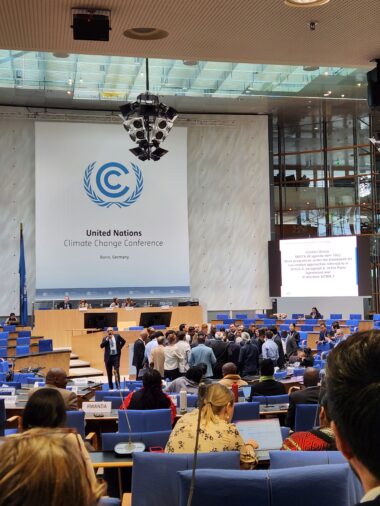
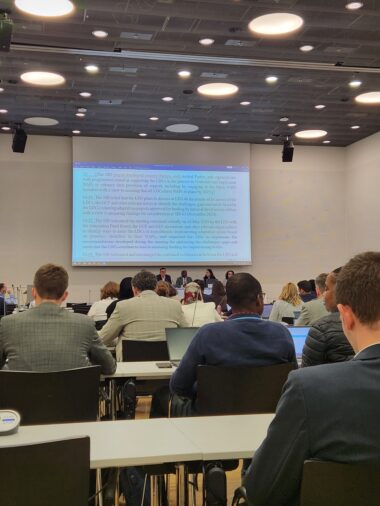
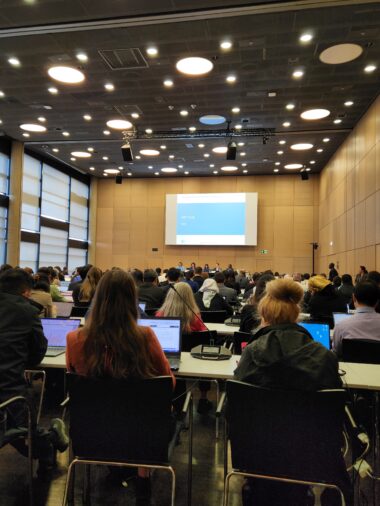
indicate they want to speak to a specific item during the negotiations
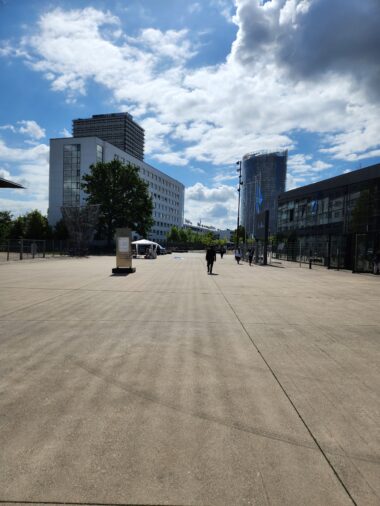
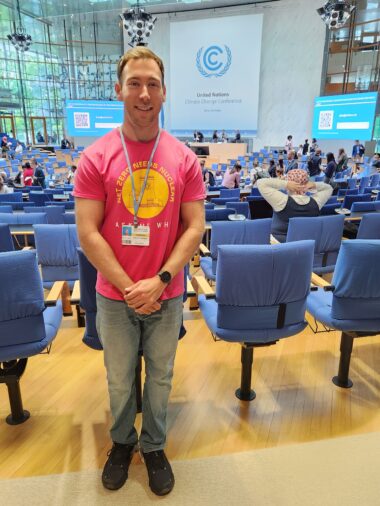
What is the Bonn Climate Conference?
The Subsidiary Bodies (SBs) are an integral part of the Bonn Climate Change Conference. They consist of two bodies: the Subsidiary Body for Implementation (SBI) and the Subsidiary Body for Scientific and Technological Advice (SBSTA). These bodies support the work of the United Nations Framework Convention on Climate Change (UNFCCC). The SBs meet twice a year: during the Bonn Climate Change Conference and COP. They discuss and negotiate various aspects of climate change mitigation, adaptation, finance, capacity-building and technology transfer.
Subsidiary Body for Implementation (SBI) - focuses on the implementation of climate policies and actions. Its meetings include discussions on mitigation, adaptation, reporting and review processes, as well as on financial mechanisms and capacity-building initiatives. The SBI meeting plays a crucial role in enhancing transparency and accountability in the global climate change response.
Subsidiary Body for Scientific and Technological Advice (SBSTA) - provides scientific and technological advice for implementing the Paris Agreement and other climate policy processes. It assesses the latest scientific findings, technological advancements and transfer, as well as methodologies and guidelines relevant to climate change mitigation and adaptation. It also fosters inter-institutional collaboration in the field of research and systematic observation of the climate system.
COP is the highest decision-making body under the United Nations Framework Convention on Climate Change. The SBs provide technical expertise and recommendations that shape the negotiations and outcomes of COP. The SBs also inform the CMA (Conference of the Parties serving as the meeting of the Parties to the Paris Agreement) and the CMP (Conference of the Parties serving as the meeting of the Parties to the Kyoto Protocol). The CMA oversees the implementation of the Paris Agreement and takes decisions to promote its effective implementation, whereas the CMP does this for the Kyoto Protocol.
Reference: https://unu.edu/ehs/series/5-facts-about-subsidiary-bodies-bonn-climate-change-conference
How many registered for SB60? 7200

